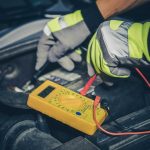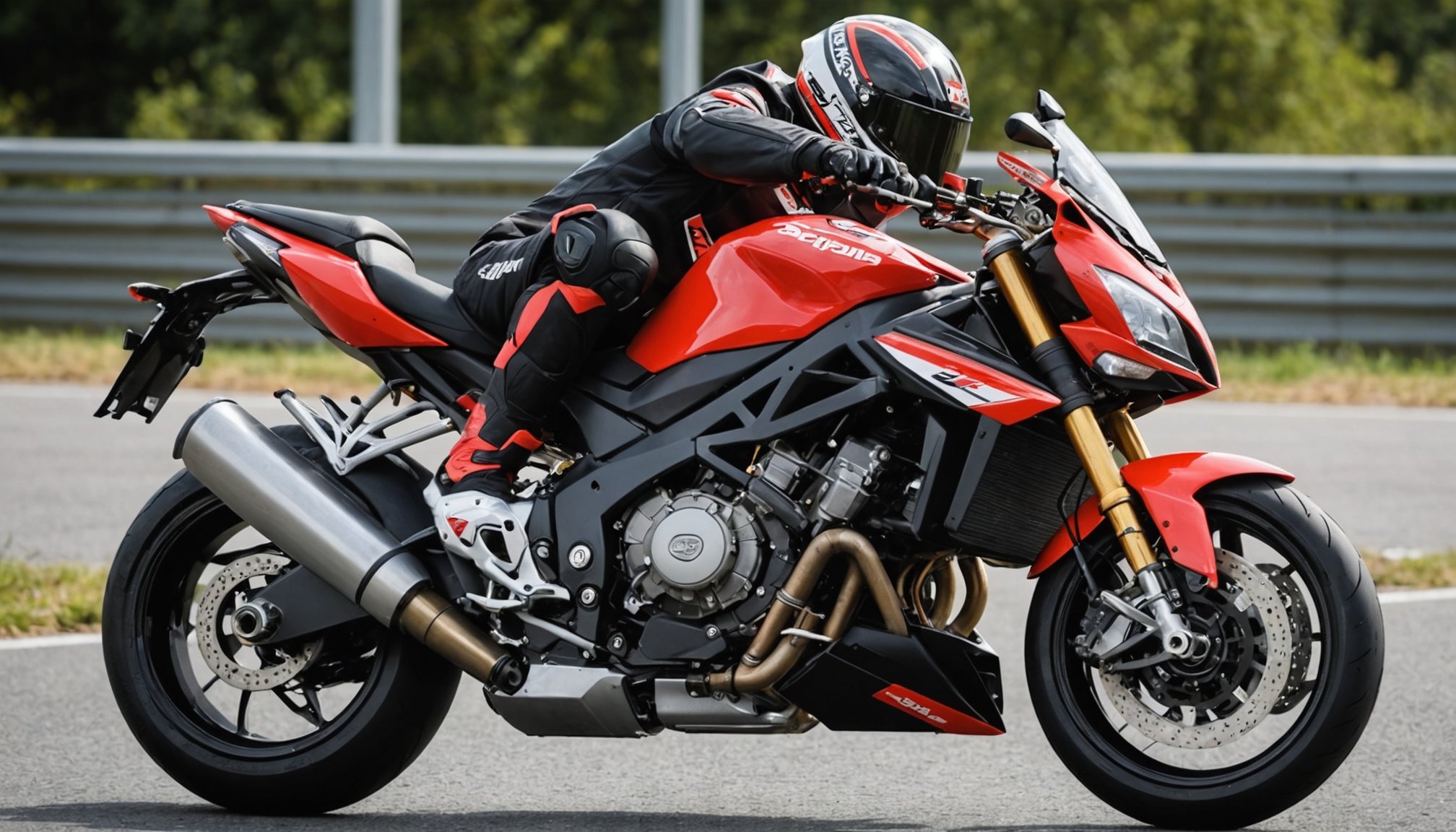Clutch slippage is a common occurrence in aging motorcycles, and your Aprilia Tuono V4 is no exception. This article will guide you on how to manage this issue effectively. We will delve into everything from the basics of what clutch slippage is, how to identify it, and the causes, to the practical steps you can take to rectify the situation.
Understanding Clutch Slippage
To comprehend the concept of clutch slippage, you need to understand the role your bike’s clutch plays. The clutch is designed to connect and disconnect the engine from the transmission, thus controlling power transfer between them. When the clutch starts to fail, it can no longer hold the power from the engine, resulting in slippage. This could potentially lead to more severe damage and compromise your bike’s performance.
Also read : What is the ideal air filter replacement schedule for a KTM 1290 Super Duke R?
Clutch slippage in a motorcycle is not always easy to identify, especially if you’re not familiar with how your bike should perform. You may find that you’re losing power, especially at higher speeds, or that your engine revs are increasing without a corresponding increase in speed. If you notice these issues, it’s likely you’re experiencing clutch slippage.
Let’s turn our attention to the reasons behind this problem.
Additional reading : Can a tire pressure monitoring system be added to an older Honda CB500X?
Causes of Clutch Slippage
Often, age could be the culprit behind your clutch slippage. As your bike ages, wear and tear are inevitable, particularly in the clutch plates. The friction material on these plates can wear down over time, resulting in a less effective clutch.
However, it’s not just physical wear that can cause issues. Oil contamination is another common cause of clutch slippage. The oil in the clutch can break down over time or become contaminated with metal particles, which can reduce its effectiveness.
Also, a misadjusted clutch lever or a stretched clutch cable could lead to clutch slippage. The functionality of the lever is to control the tension on the clutch cable. If it’s set too loosely, the cable will not apply sufficient pressure to the clutch plates, resulting in slippage.
Solutions to Clutch Slippage
Now that you understand what clutch slippage is and what causes it, it’s time to dive into solutions. There’s no need to panic; you have several options to consider.
Firstly, check the adjustment of your clutch lever and cable. This is a simple task that you can do yourself. Ensure that there is only a minimal amount of free play in the lever. If not, you will need to tighten the cable.
Next, it’s time to consider replacing your clutch plates. This is a more complex task, but with proper guidance, it’s certainly doable. It may be beneficial to join a forum dedicated to Aprilia motorcycles, where you can find a thread on this subject. If you’re unsure, don’t hesitate to post a question or reply to existing threads; the members will be more than willing to provide advice and guidance.
Lastly, consider the state of your oil. If it appears dark and dirty, or if it’s been a while since you last changed it, now could be the time to do so. Regular oil changes are an essential part of bike maintenance and can help prevent issues like clutch slippage.
Leveraging Online Communities
As mentioned earlier, online forums can be a treasure trove of information and guidance on handling clutch slippage. With members who are passionate about bikes, especially models like the Aprilia Tuono V4, you can find advice, personal experiences, and detailed guides on managing clutch issues.
To make the most out of these forums, don’t just read the threads. Participate actively; post your questions, reply to others’ posts, and quote useful information. Engage in the community, and you’ll find that not only will you receive solutions to your problem, but you’ll also learn more about your bike and its needs in the process.
Seeking Professional Help
While the solutions mentioned so far are things you can do yourself, sometimes it may be necessary to seek professional help. If you’ve tried adjusting the lever, changing the clutch plates, and replacing the oil, yet your bike is still experiencing clutch slippage, it could be a sign of a bigger underlying issue.
Seek a professional opinion. Take your bike to a trusted mechanic who is familiar with the Aprilia brand and models. They can do a thorough check and provide a definitive solution to your problem.
Remember, while it may cost you more in the short term, in the long run, seeking professional help could save you from damaging your bike further and incurring even greater costs. So don’t hesitate to seek expert advice if you’re unable to find a solution on your own.
In summary, clutch slippage is a common issue in aging bikes like the Aprilia Tuono V4. However, with the right knowledge, active participation in online communities, and willingness to seek professional help when necessary, you can effectively manage this problem.
Tips for Clutch Maintenance
Let’s delve into maintaining your bike’s clutch so that you can prevent slippage before it starts. Regular maintenance is key in ensuring your motorcycle’s performance and longevity.
The primary thing to keep in mind is the clutch lever. Regularly check it for free play. If the lever is too loose, it may not apply enough pressure to the clutch plates, leading to a slipping clutch. If you notice an increase in free play, tighten the clutch cable to ensure it’s applying the necessary pressure.
Your clutch plates are another crucial area for maintenance. Over time, the friction material on the plates can wear down, lessening their effectiveness. Monitor the state of your clutch plates and replace them when necessary. Note that it’s a more complex task, but with the right guidance, you can perform this task yourself.
An often-overlooked aspect of clutch maintenance is the oil level. Regular oil changes are vital in keeping your clutch functioning optimally. Too much or too little oil can lead to a slipping clutch. Always make sure to use the right type of oil for your bike, as specified in your bike’s manual. For wet clutches, it’s essential to use an oil specifically designed for them, and to avoid using car engine oil, which can cause the wet clutch to slip.
Finally, don’t forget to keep an eye on your clutch cable. If it begins to stretch or fray, it won’t be able to apply enough pressure to the clutch plates, which can lead to clutch slippage. Replace the cable as necessary to keep your clutch functioning optimally.
Conclusion: Embrace Proactive Management and Community Engagement
Clutch slippage in aging bikes like the Aprilia Tuono V4 can be a headache, but you’re not alone in this struggle. Remember, the key to managing clutch slippage effectively lies in understanding your bike, being proactive about maintenance, and engaging in the motorcycle community.
Online forums can be an invaluable resource. Make sure to reply, quote, click expand, and actively participate in discussions. Sharing experiences and knowledge with fellow forum members can help you gain a better understanding of your bike’s needs and potential solutions for clutch slippage.
Don’t shy away from seeking professional help when needed. If you’ve exhausted the DIY options like adjusting the clutch lever, changing the clutch plates, or an oil change, it might be time to find a trusted mechanic who knows Aprilia bikes. Yes, it might cost more at the moment, but consider it as an investment towards the longevity and performance of your bike.
In the end, managing clutch slippage might seem daunting, but with the right knowledge and resources, you can tackle this issue effectively. And remember, the health of your Aprilia Tuono V4 lies in your hands!











